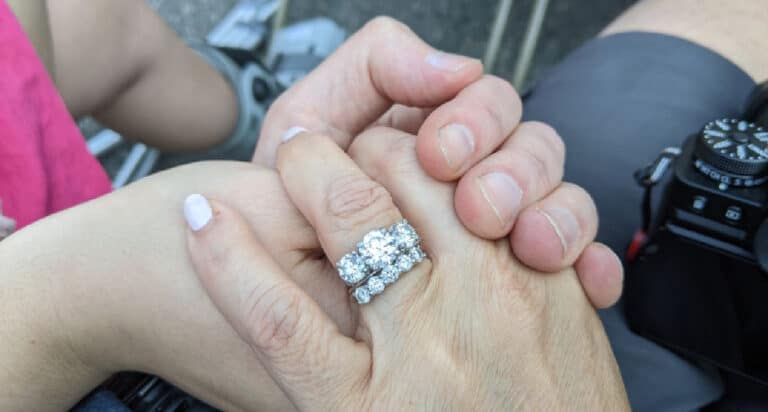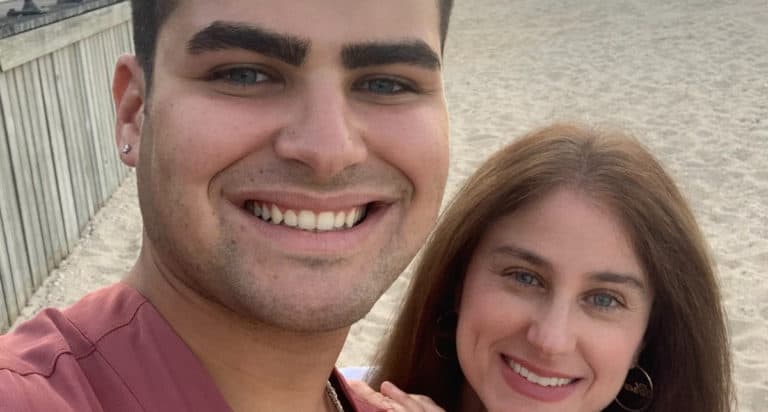When my oldest child was in ninth grade, I found a piece of paper labeled the “Gender Unicorn” in his backpack. Depending on where you live, you may be familiar with this piece of paper, or you may have no idea what I am talking about. The Gender Unicorn is a picture of a unicorn with phrases like “Gender Identity,” “Gender Expression,” and “Physical Attraction” on it with an explanation of what those phrases mean. In any case, I found the paper, I mentioned it to my child (known to the world at that time as my daughter), and got very upset when my child said the words on the paper applied to him, thus effectively ending the conversation.
Over the course of the next few years, my child stated that he identified as gender neutral, which I mostly just ignored, because what did that even actually mean? He didn’t really change how he acted or dressed (including wearing traditionally female colors or clothes on occasion) and while he went by the name “Milo” at school.
He said he was OK with us using his female birth name at home. In addition, he was struggling with other mental health challenges that felt substantially more significant, so the ‘gender stuff’ as I called it, was put on the back burner for a few years.

Our child said that they identified as a man
Two years later, Jamie said in family therapy that he identified as a man. Over the course of the next nine months, my husband and I went from uncertainty, to acculturation, to outright support. By the time he started hormone therapy, about six months after his 18th birthday, we felt like he was making the choice that was right for him.
Over the course of the next few years, I helped Jamie with the legal name changes (passport, driver’s license, social security card) as well has the process of getting top surgery. The final transitional event was a re-naming at our temple to give Jamie a new Jewish name.
I often joke that that tome of first time pregnant women, What to Expect When You’re Expecting did not even remotely prepare me for the reality that is parenthood. For those of you who feel like the handbook for “what to really expect” passed you by when your child announced they are gender questioning/gender neutral/identify with a different gender than the one they were born as, here’s my quick guide for you.
Don’ts (please learn from my mistakes)
1. Don’t condemn your child’s announcement/choice right away
Maybe you’re skeptical because when we (if you’re Gen X like me) never knew anyone who was transgender growing up. Maybe your child goes to a school (as mine did) where it seems like every other kid is saying something about their gender or sexuality. Maybe your child is struggling with other issues and you just don’t have room to put this one on your plate. It doesn’t really matter. Instant condemnation never moved a conversation forward.
2. Don’t feel like you need to act right away
One of the best pieces of advice I ever got, from another mom who had a transgender child, was that it was OK to go slow. Ask questions- not in a dismissive, “I’m trying to show I’m open but really I’m not” way- but in a genuine, “I want to understand better” way.
3. Don’t ask so many questions your kid feels like it’s the Inquisition
Be open. But also use Google for some of your questions (maybe in private mode if you’re at work).
4. Don’t feel like you need to tell your child everything you’re thinking
It’s great to have honest, give-and-take conversations. But your child is not responsible for helping you to process this change; they’ve got enough on their plate. Save any confusion/sadness (it’s OK to be sad!)/fear you might be feeling for your therapist or close friend.
5. Don’t say “never” (as in “I’ll never be able to call them by their new name.” “I’ll never be able to tell my mother.”)
Never is a strong word. I have a huge insect phobia, and I’d like to say I’ll never eat a bug, but who knows if there’s an apocalypse and I’m starving what I’d do?
6. Don’t say “but they”
Don’t say “but they” as in “but they never said anything when they were younger” “but they
played with dolls/trucks” “but they wear dresses.”
All these things can be true AND your child may still be transgender.
Dos (please learn from my successes)
1. Do find other people who’ve got through it
It’s true that no one gets it like someone who’s been there. I knew two other women whose children were trans and “ahead” of me in their process. They were an invaluable source of practical advice and emotional support. If you don’t happen to know parents of trans kids, there are lots of support groups, both in person and online.
2. Do your research and go to the experts
If your child does decide that medical intervention is is appropriate, just as with any medical intervention, if possible, go to someone who has done this a lot. Even if you love your pediatrician, you don’t necessarily want to be their first trans patient.
3. Do know that it’s OK to take it one step at a time
As I mentioned above, it was so helpful to get this advice from another mom. When my son first said he wanted to go on hormone therapy, I told him I wanted him to live as a man for at least six months (in dress, etc.) before doing any medical intervention. There’s no one path that’s right for any child or family, but it’s OK to be thoughtful as you figure out the right path for your child.
4. Do Remember this If you’re afraid for your child to live as a trans person
In a sometimes biased world- it might be so much worse for them to spend their whole lives living inauthentically.
5. Do give people time (within reason)
Your husband, your mother, your best friend will have their own timeline for how they process the change. Some will be on board immediately. Others may never be on board, which is their loss, but not yours to control.
6. Do correct people (nicely and consistently)
But don’t berate them when they use the wrong name or pronoun for a while. A dear friend’s child recently announced her transition. I am mortified by how many times I’ve messed up and used the old name.
It’s not OK, it’s on me to commit the new name to memory- but I’m also glad she has been patient.
7. Do tell your child you love them over and over again
Choosing to live as transgender in a world where many people condemn this choice is incredibly brave. Even if you are struggling to process the transition, your child needs to know you will always have their back.
I will never stop admiring my son, and fighting for his right to be exactly who he is.
8. Do expect everyone to process in their own way
I’ve been lucky that my extended family-both mine and my husband’s- have loved my child and supported him, but I had a lot of lunches with my mother helping her to understand, and other family members took time as well. Give them that time.
More Great Reading:
My Son Became My Daughter: A Mother’s Transition
Carolyn Baker Ringel is an attorney, bioethicist, and family coach. She enjoys teaching, writing, and presenting in the field of bioethics, especially on issues pertaining to transgender health care and parenting trans children. She also has a passion for coaching families going through significant life experiences. She can be reached at carolynringel1@gmail.com.









